Where Do Saint Days Come From and Why Do Some Saints Have More Than One Feast Day?
Oct 12, 2021 by Cheryl Hadley
We Catholics are a celebratory people, and with good reason. Our salvation and redemption are inestimable gifts, and our Faith is rich in tradition, not to mention thanksgiving, honor, and praise of the highest order. Celebration is a common theme in living the Catholic faith. Since the beginning of our Church, we have commemorated our Catholic history by celebrating feast days, especially those of the Saints.
In her wisdom, Holy Mother Church distributed the incredible mystery of Christ throughout our calendar year, by giving us the Catholic liturgical year. The Church Fathers knew that because we are creatures of time, we grow in our understanding of the treasure of our Faith in time. Then through time, we nurture our traditions and inspire generations to come.
Why Celebrate The Saints?
We honor the great witnesses of the Christian life who have inspired us since the beginning of our history. Their holy examples urge us onward, inspiring us to greater virtue, perfection, and union with God in the service of mankind. Their heavenly intercession carries us forward, leading and guiding us.
We who long for the coming of the Kingdom seek the patronage and protection of those who have already attained it. The feasts of the Saints are our opportunity to celebrate their victories and ask for their patronage. The Calendar of the Saints is a special gift to faithful Catholics.
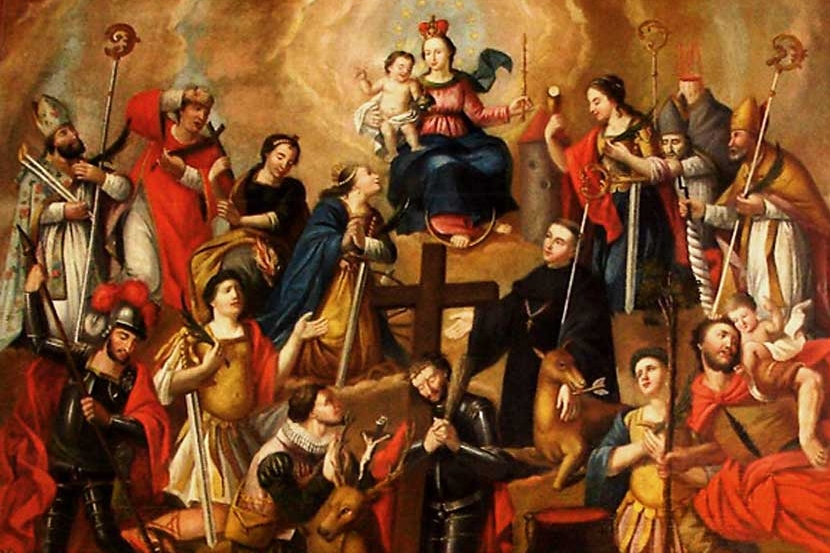
Where It Began
The Church devised the Calendar of the Saints from the earliest custom of celebrating the martyrs of Christianity on the anniversaries of their deaths. Holy Mother Church combined these special days of reverence with solemnities and feasts of the highest order, fixed and moveable to form the Church Calendar. We celebrate our beloved Saints within this framework.
Over time and with divine inspiration, the Church Fathers refined the liturgical calendar, adding many Saints and Blesseds. It soon became necessary for days to be shared. Some feasts were designated as moveable to a Sunday. The continual celebration of our Catholic heritage and heroes enriched our individual and collective faiths.
[[871, 32007]]
The Church decides whether a saint's feast should be local, regional, or universal, and what degree of solemnity should be attributed to it, in order of importance: Solemnity, Feast, Memorial, or Optional Memorial.
This structure brings continuity to our Church year. It increases Catholic devotion and faith. It makes tangible the bridge between the Saints of heaven and the Body of Christ on earth. Celebrating feasts and memorials of the Saints allows us to pass traditions from one generation to the next, in order to honor our heavenly friends and intercessors.
![]()
How the Calendar of Saints Progressed
Over time, the Church added feasts of many holy men and women of God who were not only martyrs but Pastors, Religious, Doctors of the Church, Confessors, Virgins, Founders, and many laypersons who served God and mankind with sacrificial love and holiness.
Also included were significant scriptural and historical events, dogmatic proclamations, and even the dedication of special churches important in our legacy. In this way, the Fathers recorded a continuous history of our Christian faith, laying down our identity through these beautiful celebrations of our Saints.
Learn More: How to “Choose” a Patron Saint
Some Special Considerations
We commemorate most Saints on one specific feast day, or "Saint Day," of the Church year, but there are some important exceptions. Saints with several different titles, designations, or roles in remarkable events may have more than one feast day.
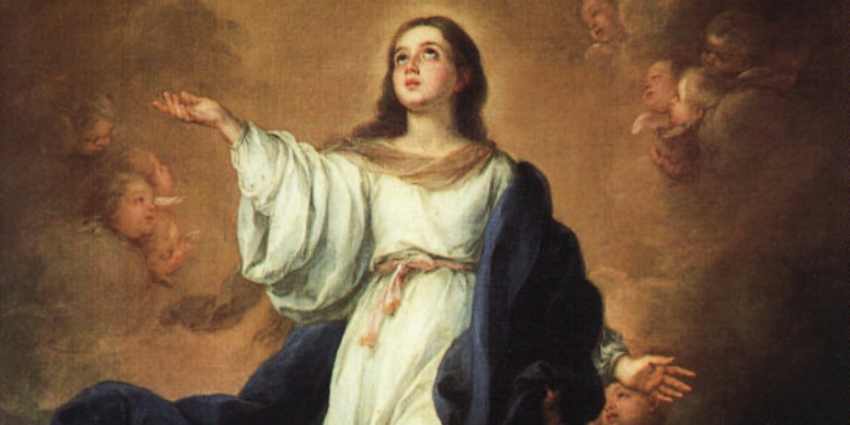
Our Lady
The first of those who comes to mind is Our Lady. She is honored with special consideration as we reverence the annual cycle of the mysteries of Christ, appreciating her role in our salvation. There are many Marian feasts celebrated during our liturgical year. The principle ones are:
- Mary, Mother of God (January 1st)*
- The Annunciation (March 25th)
- The Assumption (August 15th)*
- The Immaculate Conception (December 8th)*.
* These are Holy Days of Obligation
We also honor Mary with feasts related to events in Sacred Scripture like the Presentation of the Lord in the Temple (February 2nd) and the Visitation (May 31st). We celebrate her based on dogmatic statements of the Church, like the Immaculate Conception. Feast days devoted to her many titles such as Our Lady of the Rosary (October 7th) are another way the Church reveres the Blessed Mother. Finally, we commemorate her based on feast days with a geographical connection or special event, such as the apparitions of Our Lady of Lourdes (February 11th) and Our Lady of Fatima (May 13th).
Keep Reading: Why does the Virgin Mary Have So Many Names, Titles, and Feasts?
[[17432, 22589]]
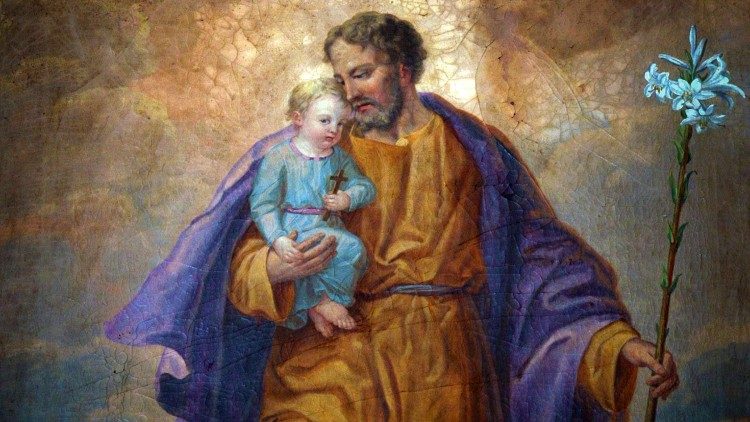
St. Joseph
We celebrate St. Joseph on two feast days, March 19th and May 1st, under his titles as the Earthly Father of Jesus and St. Joseph the Worker. The first honors his patronage and guardianship over Jesus, as well as the Domestic and Universal Churches. The second celebrates his special love for laborers and his protection and intercession for those who labor, especially at burdensome or physical work.
Learn more: St. Joseph the Worker and the Sanctification of Human Work
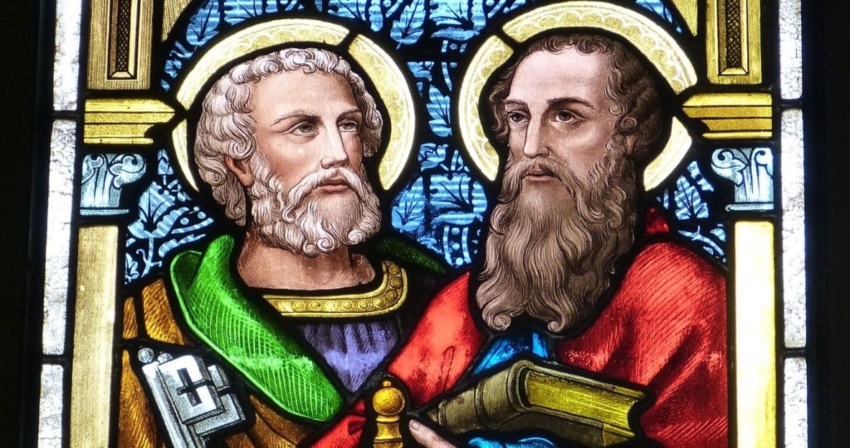
Sts. Peter and Paul
Neither of these remarkable men who shaped the Christian faith have their own individual feast day commemorating martyrdom. The Church honors them together on June 29th. Ancient writings in the 3rd Century reference the feast, saying, "though they died on different dates, these two were one in their martyrdom in Rome."
The feast of the Chair of Peter on February 22nd celebrates Peter's designation by Jesus as the leader of the early Church after the Resurrection and Ascension. With this feast, our Church reminds us of the authority of St. Peter, as he presided over the early Church in love.
January 25th commemorates the Conversion of St. Paul, recalling the event on the road to Damascus (Acts 9:1-31) where Saul became Paul, devoting himself to winning souls for Christ after persecuting the earliest Christians.
Continue reading: Peter & Paul: Apostles, Saints, and Martyrs for the Christian Faith
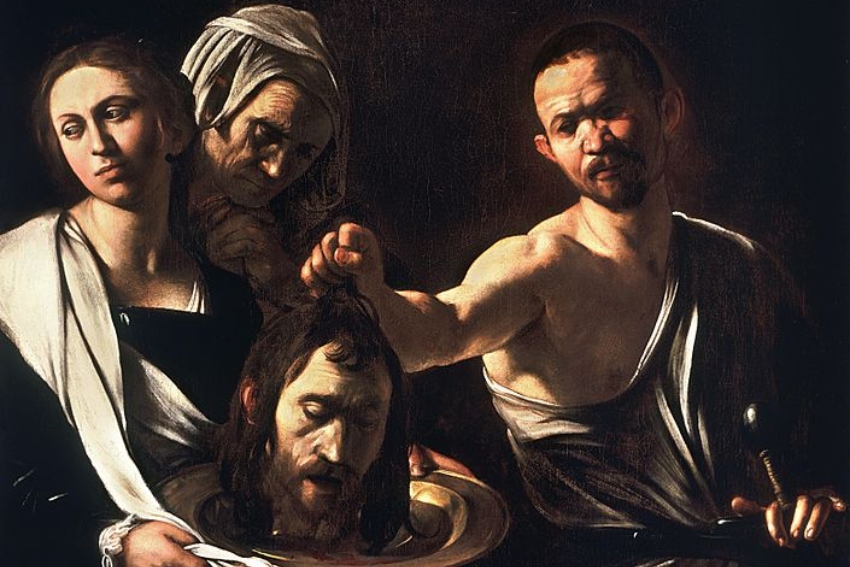
St. John the Baptist
We celebrate the feast of the Birth of St. John the Baptist on June 24th, honoring his life as the unique precursor of the Christ. God charged him with preparing the way for the Messiah by preaching and baptizing those who heard the divine call to repent. King Herod beheaded this cousin of Jesus at the request of his stepdaughter, after he promised to grant anything she desired. The Church commemorates this second feast as the Passion of John the Baptist on August 29th.
Read more: St. John the Baptist: The Preview of Jesus Christ
In Celebration of Feast Days
The many marvelous feast days of the Saints are only one of the wonders of our Church, yet they provide the bridge between the Church Triumphant and the Church Militant as we aspire to make our way to heaven. How good it is to be Catholic and to be given a way to enter into the lives of these remarkable men and women who fought for what we now live, and whose lives in the Faith paved the way for our own.
Let's take every opportunity to celebrate the feasts of our Saints in reverence and joy, and be thankful that the Church, understanding the hearts of mankind, made a way for us to celebrate Saint Days as often as we can. May we walk deliberately and wisely in the footsteps of these holy men and women, venerating them at every opportunity.
All you Saints of Heaven, pray for us!





